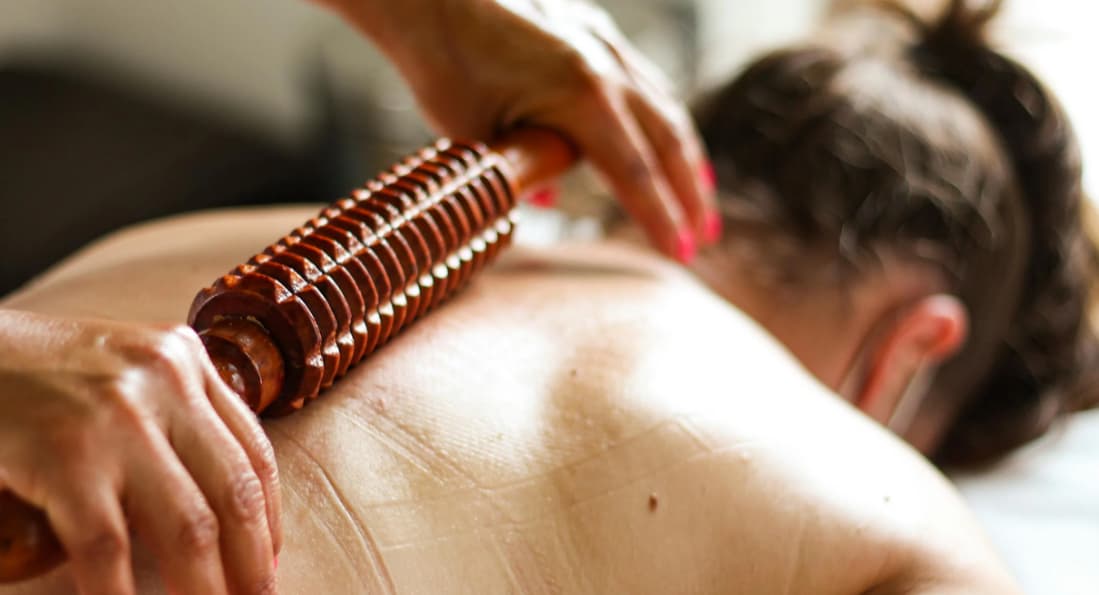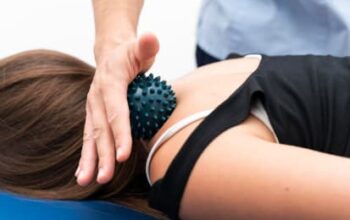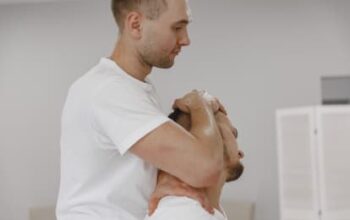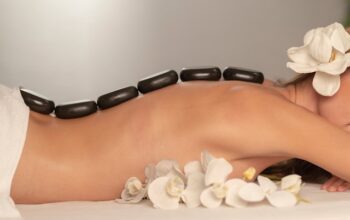In the realm of self-care and holistic healing, few practices evoke imagery as tranquil and inviting as a massage session. The soft glow of ambient lighting, the gentle scent of essential oils wafting through the air, and the soothing melody of quiet music create an atmosphere of relaxation and rejuvenation. However, beyond its portrayal as a luxurious indulgence, massage therapy encompasses a rich tapestry of techniques and modalities aimed at addressing a myriad of physical and emotional ailments.
The Multifaceted Nature of Massage Therapy: What are Types of Massage?
At its core, massage therapy represents a holistic approach to wellness, acknowledging the interconnectedness of the mind, body, and spirit. By employing various manual techniques, massage therapists seek to alleviate tension, reduce pain, improve circulation, and promote overall well-being. Each massage modality offers a unique combination of strokes, pressures, and manipulations, tailored to suit individual needs and preferences.
Exploring the Top 10 Types of Massage
1. Swedish Massage:
Swedish massage, one of the most well-known kind of massage, is something that many people first try. This method is perfect for stress relief and general relaxation because it creates a state of profound relaxation with long, flowing strokes and soft kneading.
2. Deep Tissue Massage:
Deep tissue massage addresses adhesions and chronic muscle tightness by going beneath the surface. Therapists can release knots and increase range of motion by penetrating deep layers of tissue with deliberate, forceful strokes. Even though it is more vigorous than Swedish massage, it provides significant relief for people who are dealing with chronic pain and stiffness.
3. Aromatherapy Massage:
A sensory journey of regeneration and relaxation is provided by aromatherapy massage, which incorporates the therapeutic advantages of essential oils. Therapists can improve the therapeutic effects of touch by diffusing fragrance blends or adding oils to massage lotions. This promotes emotional equilibrium and relieves tension.
4. Hot Stone Massage:
Harnessing the healing power of heat, hot stone massage utilizes smooth, heated stones to melt away tension and promote circulation. Placed strategically along the body’s energy pathways, these stones provide a deeply soothing experience, particularly beneficial for those seeking relief from chronic pain and stiffness.
5. Shiatsu Massage:
Rooted in ancient Japanese healing traditions, Shiatsu massage focuses on restoring the body’s natural balance and flow of energy, known as Qi. By applying rhythmic pressure to specific points along the body’s meridians, therapists alleviate tension, improve circulation, and promote overall vitality.
6. Sports Massage:
Tailored for athletes and active individuals, sports massage targets muscle imbalances, injuries, and performance optimization. Combining deep tissue techniques with stretching and mobilization exercises, therapists help clients recover from intense workouts, prevent injuries, and enhance athletic performance.
7. Prenatal Massage:
Designed to support expectant mothers through the physical and emotional challenges of pregnancy, prenatal massage focuses on relieving discomfort, reducing swelling, and promoting relaxation. With specialized positioning and gentle techniques, therapists ensure both safety and comfort for mother and baby.
8. Chair Massage:
Offering a convenient and accessible option for relaxation, chair massage targets common areas of tension, such as the neck, shoulders, and back. Utilizing a portable massage chair, therapists deliver quick relief for individuals coping with the stresses of modern life.
9. Reflexology:
Reflexology is based on the idea that particular points on the hands, feet, and ears correlate to internal organs and systems, with the goal of promoting healing and restoring equilibrium. Therapists can improve general well-being, reduce pain, and promote circulation by applying pressure to certain reflex sites.
The foundation of reflexology is the idea that these regions, often referred to as reflex zones, are related to other bodily parts by energy pathways. Practitioners think they can induce relaxation and support the body’s inherent healing processes by focusing on these zones. Furthermore, reflexology is frequently utilized to enhance general health and wellbeing in addition to traditional medical treatments.
10. Lymphatic Massage:
Lymphatic massage, with its focus on the body’s lymphatic system, supports immune system function, fluid balance, and detoxification. Therapists facilitate lymphatic fluid flow by using soft, rhythmic movements, which helps to reduce swelling and accelerate the healing process after surgery or injury.
The Healing Power of Touch: A Holistic Approach to Wellness
Beyond the physical benefits of massage therapy lies a deeper understanding of its therapeutic potential. While each modality offers distinct physiological effects, they all share a common thread of nurturing the body, mind, and spirit. Through the skilled manipulation of soft tissues and the intentional application of pressure, massage therapists facilitate the body’s innate ability to heal and restore balance.
Embracing Holistic Wellness: How to Choose Types of Massage?
For many individuals, massage therapy represents more than just a temporary escape from the demands of daily life. It serves as a pathway to self-discovery, self-care, and self-compassion. Whether seeking relief from chronic pain, managing stress and anxiety, or simply indulging in a moment of relaxation, massage therapy offers a sanctuary for healing and rejuvenation.
Conclusion
In a world filled with constant motion and noise, massage therapy stands as a beacon of tranquility and restoration. From the gentle strokes of Swedish massage to the targeted pressure of deep tissue work, each modality offers a unique opportunity to reconnect with oneself and embrace the fullness of life. As we embark on our individual journeys towards holistic wellness, may we find solace in the healing power of touch and the transformative potential of self-care.
Frequently Asked Questions
The quantity of massage sessions needed can differ significantly depending on individual goals and medical needs. If people are looking to decompress and unwind, once a month massage appointments may be sufficient. Conversely, individuals who are dealing with chronic pain or specific medical conditions may find that weekly or biweekly sessions are more helpful. It is essential to listen to your body’s cues and consult with your massage therapist to determine the most suitable timetable for your particular circumstances. In keeping with your wellness journey and health objectives, our customized technique guarantees that you get the most out of your massage therapy.
Although most people agree that massage therapy is safe, it’s vital to be aware of some situations that can call for caution. People who have been diagnosed with conditions such as advanced osteoporosis, deep vein thrombosis, or infectious skin illnesses are advised to either avoid massage therapy entirely or seek medical clearance before receiving any massage treatments. Furthermore, in order for the massage therapist to use specific prenatal techniques and ensure the safety and comfort of both the mother and the growing fetus, it is imperative that pregnant clients reveal their condition to them. Maintaining open lines of communication with your therapist is essential to customizing the session to your specific health needs and optimizing the advantages of massage therapy while lowering any possible hazards.



